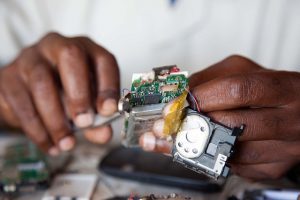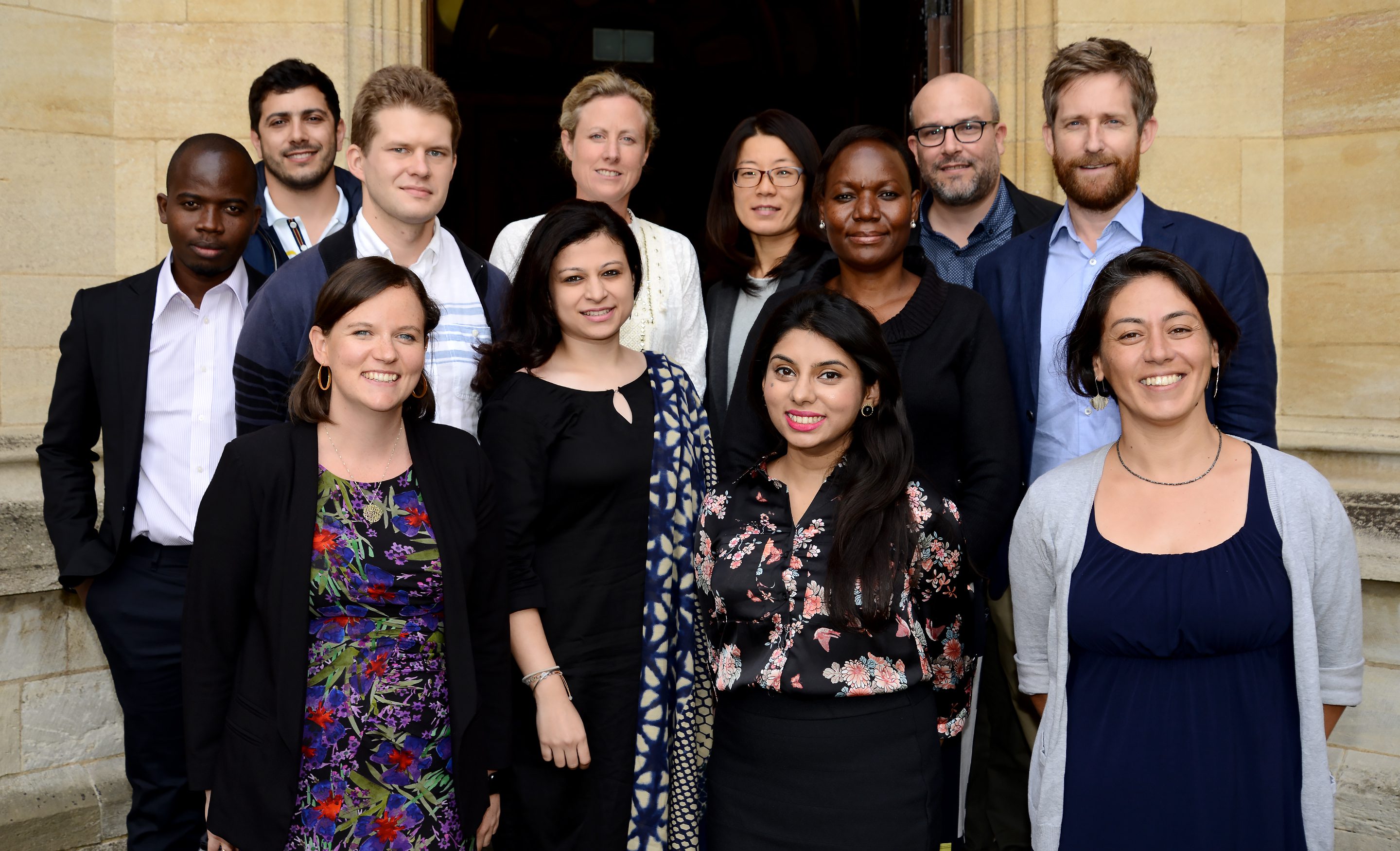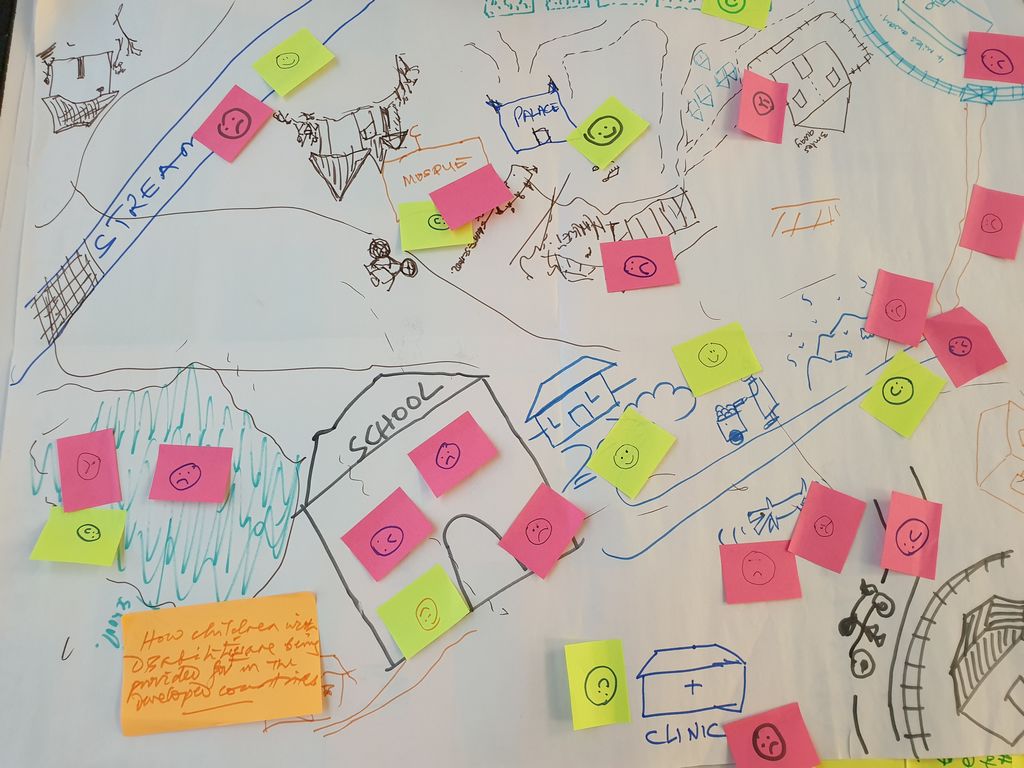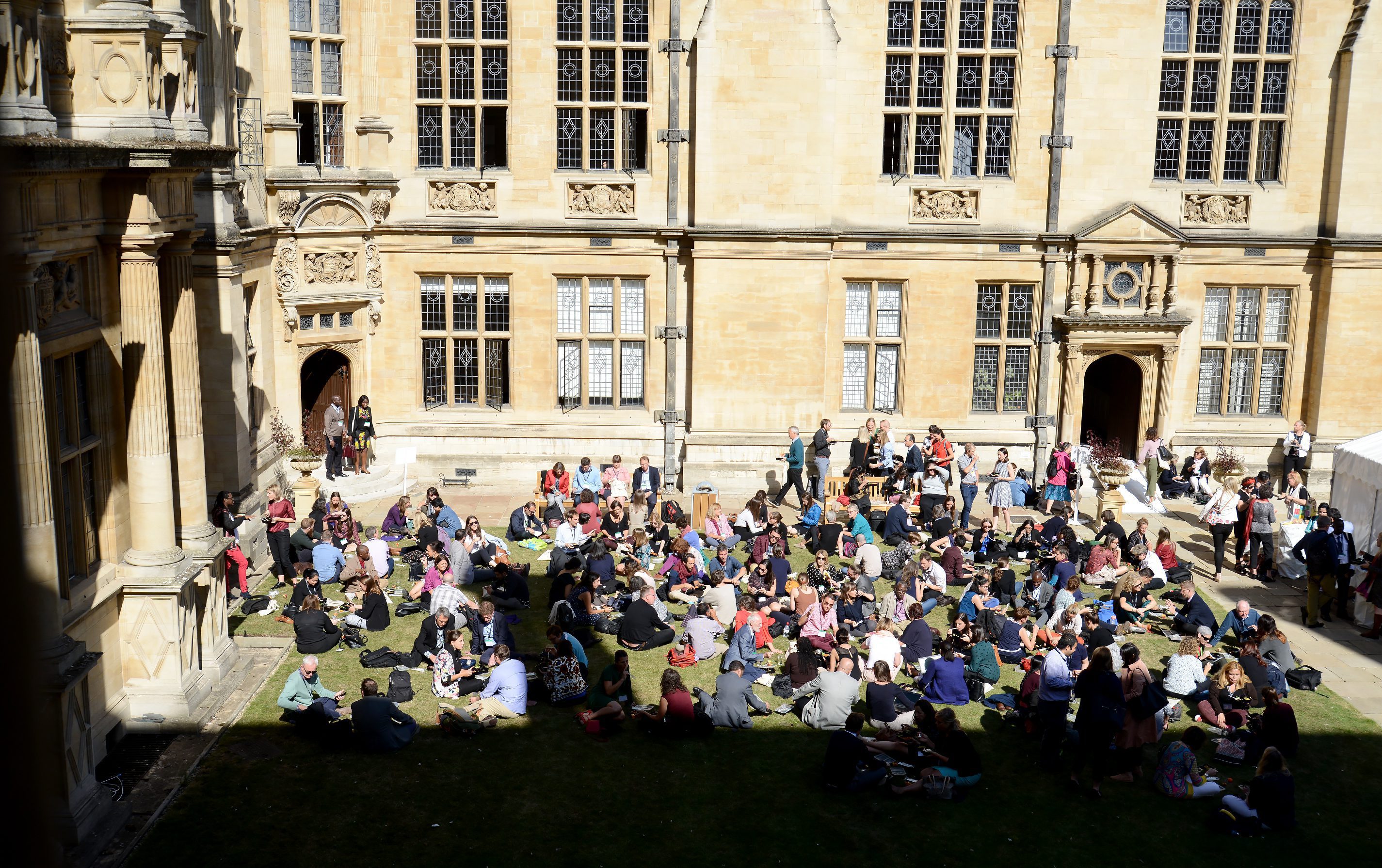This blog was written by Fran Abrams, Chief Executive at the Education Media Centre, Jo-Anna Russon, Research Fellow, VET Africa 4.0, and Simon McGrath, UNESCO Chair in International Education and Development at the University of Nottingham. It was written as part of a ‘Writing for the Web’ workshop for the VET Africa 4.0 project. The authors will be making a presentation at the September 2019 UKFIET conference on inclusive education systems.

A participant of the UNAMID DDR in Nyala final evaluation survey for Vocational and Skills Training for 150 at risk youth selected from South Darfur targeted localities. They received vocational and skills training on metalwork and welding, water network and drainage (plumbing), diesel engine mechanics, cars electric, general electricity, sewing, food processing and nutrition, computer networks and internet, programming. Photo Hamid Abdulsalam.
The VET Africa 4.0 project is particularly interested in discovering how vocational education and training (VET) programmes and centres are inclusive or exclusive. One of the ways we are taking this forward is by developing a paper for presentation at the UKFIET 2019 conference where the theme is “Inclusive Education Systems: futures, fallacies and finance” https://www.ukfiet.org/conference/).
It has long been recognised that vocational education is often seen as inferior to traditional academic routes[1]. Africa faces additional challenges, firstly learners have been unable to access vocational provision because of gender, disability, poverty or conflict. However, patterns of inclusion and exclusion are also shaped by more complex issues, including the narrative that VET is a poor second-rate system for poor people, combined with unequal access to different levels of formal, informal and specialised VET. Factors such as these can reinforce inequality and exclusion by placing too much emphasis on the agency (or lack thereof) of VET learners, drawing attention away from inadequate VET systems and structures per se, and VET’s own patterns of in/ex-clusion.
The VET Africa 4.0 project is interested in issues of inclusion and exclusion across four case settings:
- Uganda – Hoima oil and gas investment.
- Uganda – youth-entrepreneurship and community development in the post-conflict community of Gulu.
- South Africa – The economic corridor from the port to the industrial heartland in Durban.
- South Africa – rural, community-driven green skills in the Eastern Cape.
At the UKFIET conference, the VET Africa 4.0 project team will be looking at several key questions, particularly in relation to VET in rural settings in Uganda and South Africa:
- How can institutions ensure the language they use to describe themselves and their VET is not exclusionary? What examples are there of language that helps improve inclusivity and makes potential learners feel welcome?
- How can VET institutions present themselves in a way that encourages applications both from students in poorer circumstances and from the more affluent?
- Can education systems be set up so that VET fits well and has equal status with other types of learning including academic secondary and higher education?
- Are there differences in approaches to inclusivity between private and state providers?
- How can institutions take advantage of legislation aimed at improving skills – for example the Skilling Uganda Agenda?
By examining different settings with distinct local economies and labour markets, we show the need for a more critical account of the complexities, diversities and contradictions of VET inclusion and exclusion.
[1] See for example McGrath (2012) and Psacharopoulos (1985) for an introduction to this debate. McGrath, S. (2012) Vocational education and training for development: a policy in need of a theory? International Journal of Educational Development, 32(5): 623-631. Psacharopoulos, G. (1985) Returns to education, Journal of Human Resources, 20(4): 583-604.






VET Africa 4.0 is a wonderful project in as far as it challenges the status of skills development for sustainable livelihoods of whole communities. Critical reflections cut across issues of age, gender, inclusivity, and endogeneity in the globalization epoch. In a situation where the informal sector, (which is neglected by the elite and governments), serves the majority of the populations, policies and the regulatory frameworks could appear ridiculous.